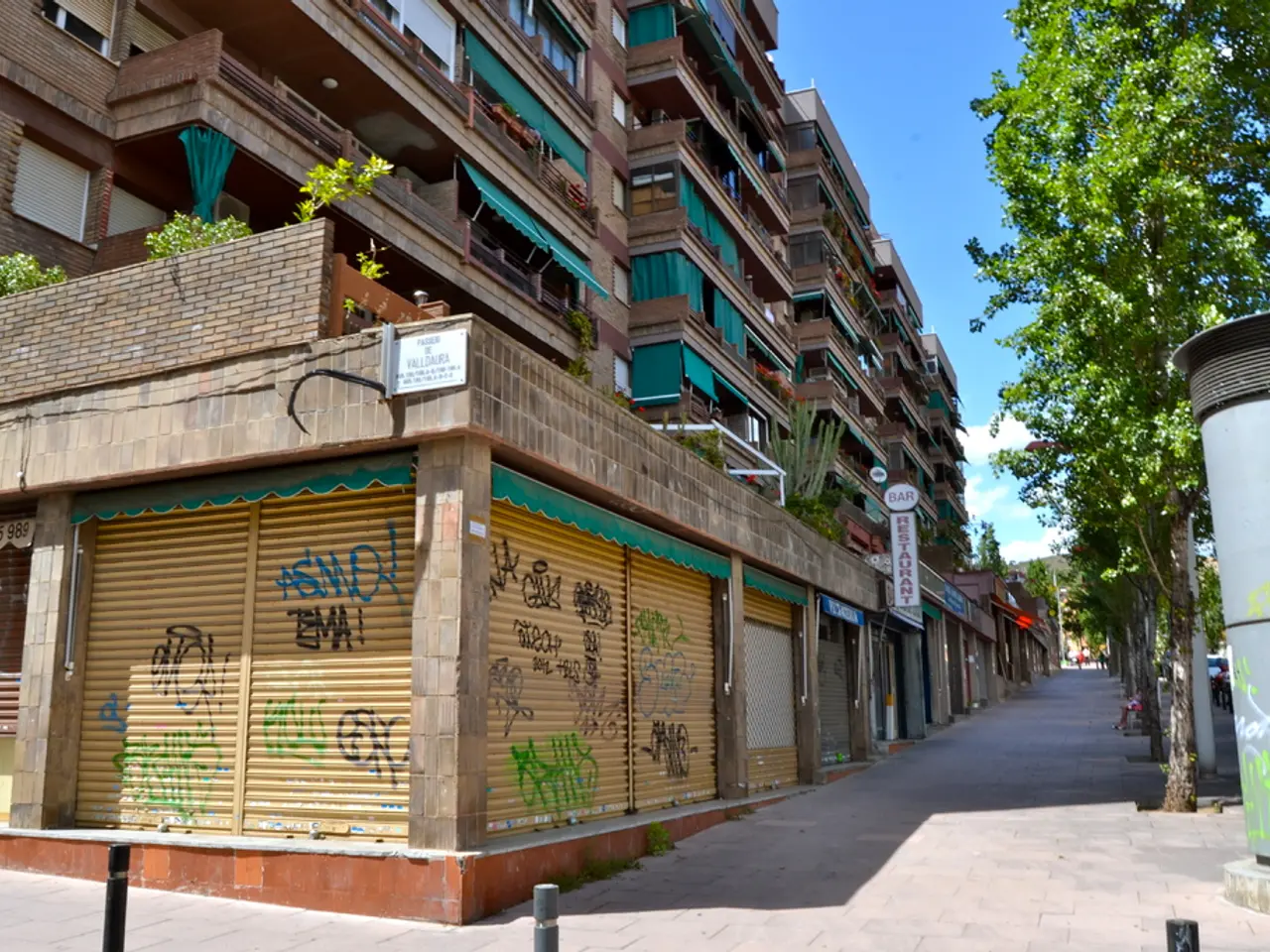Impact of Permaculture on Eco-friendly Building Design
In the quest for a more sustainable world, permaculture has emerged as a powerful design system that's making a significant difference. From homes to schools, and cities to community centres, permaculture is transforming our living spaces into thriving ecosystems that support both people and the planet.
Originating in Australia in the 1970s by David Holmgren and Bill Mollison, permaculture is based on three core values: caring for the Earth, looking after people, and sharing fairly. It's a philosophy that encourages sustainability, social connectivity, and environmental protection.
Permaculture-inspired architecture and green infrastructure are playing a crucial role in making cities sustainable, resilient, and better places to live. By incorporating energy-efficient buildings, water-conserving systems, and sustainable materials, we can create urban environments that are not just habitable, but also supportive of the planet.
Urban permaculture promotes sustainable solutions for urban challenges, creating green spaces and supporting local food production. Urban agriculture, a significant part of permaculture homes, allows homeowners to grow their own food, reducing carbon footprints and promoting self-sufficiency.
Examples of permaculture-inspired architecture abound, such as bioclimatic architecture and buildings with green roofs and living walls. The Garden House in Ecuador, the House in Bocaina in Costa Rica, and the 60 Richmond Housing Cooperative in Canada are just a few notable examples of sustainable architecture projects that use permaculture to reduce their environmental impact and connect the built and natural worlds.
Green infrastructure in cities, like green roofs, vertical gardens, and urban agriculture, can improve air quality, increase biodiversity, and make cities more resilient to weather extremes. Research shows that these measures can prevent landslides, floods, and droughts, and save money while boosting the local economy.
Permaculture retrofitting and sustainable renovation can also breathe new life into old buildings, making them greener by adding water-saving devices and biophilic elements. This not only reduces environmental harm but also supports sustainability.
As we face the challenges of climate change and resource depletion, permaculture is a key solution to building resilient communities. It's a design system that promotes a balance between human settlements and nature, and tackles our big environmental problems head-on.
Looking ahead, the impact of permaculture in architecture and design is promising. It aims to create a future that's good for the planet and for everyone, shaping a world where sustainability is not just a goal, but a way of life.
Read also:
- Budget cuts at federal and state levels jeopardize advancements in fighting HIV and AIDS within Dallas County
- Strategies for Maintaining and Boosting Physical Activity as You Grow Older
- Understanding Prediabetes: A Precursory Condition to Diabetes
- Strategies for Strengthening a Nigerian Infant's Immune System







